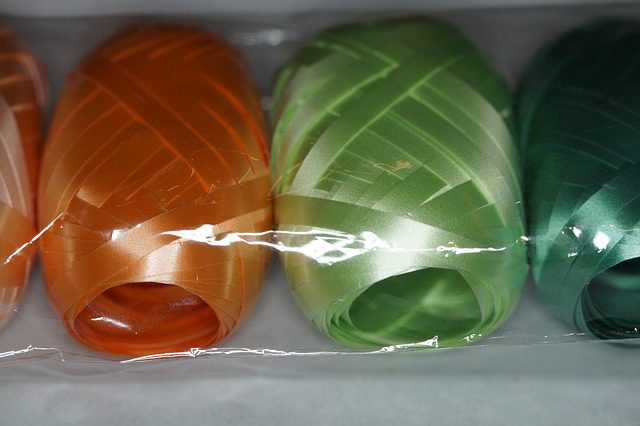

By Marcus Goh and Adrian Kuek
Today’s PSLE Mathematics paper featured a question that wasn’t difficult — but not easy to solve either. According to accounts from several students, this was the problem sum in the paper (note that this might not be the exact phrasing of the question).
Jess wants 200 ribbons of length 110 cm for a party. However, the ribbons were sold at 25 m per tape. How many tapes will Jess need?
It looks like an easy question that can be solved in two steps:
- multiply 200 by 110 (22,000)
- take the result (22,000) and divide it by 2,500 (this gives you 8.8); then round up the answer the nearest whole number (9)
Unfortunately, 9 is not the correct answer.

The solution
Diligent students will note that there are two units of measurement in the question — metres and centimetres. One metre is equal to 100 centimetres.
The first step is to derive the number of ribbons that Jess can cut from each tape. Since each tape is 25 m (2,500 cm) long and she wants 110 cm ribbons, we must divide 2,500 by 110, which gives us 22.72. We round this answer down to the nearest whole number (which is 22), since the excess tape cannot be used to create more ribbons.
Therefore, Jess can get 22 ribbons from each tape.
Since Jess wants 200 ribbons, we must divide the number of ribbons she wants by the number of ribbons each tapes produces. 200 divided by 22 gives us 9.09. We round this answer up to the nearest whole number (which is 10), since Jess can only buy whole tapes and not partial tapes.
Therefore, Jess will need 10 tapes to decorate the party.

Two levels of trickiness
This question is tricky, but not difficult.
The first level of trickiness comes from the different units of measurement used in the question.
The second level of trickiness arises from the fact that students must figure out how many ribbons each tape can produce. Most students would automatically add up the total length of ribbon and divide it by the tape length, which will produce an incorrect answer.
However, this is not a difficult question to understand. Given small enough numbers, a Primary 2 student will be able to solve questions in a similar vein.
The phrasing is also clear enough to prevent any misinterpretation of the question.

Is it a fair question?
This is a fair question to be used in the Mathematics PSLE paper, since it tests concepts that have been taught and there is little ambiguity in the wording.
However, it feels like it is tricky for the sake of being tricky, rather than for the sake of testing mathematical ability. Some also argue that ‘leftover’ ribbons from each tape could potentially be linked up.
Future PSLE students should take note to be extra careful of such deceptively simple questions, and reread problem sums to ensure that they apply the correct concepts.
This article was written for and first published on Yahoo Singapore’s Grade Expectations.
Grade Expectations is a weekly feature on education in Singapore. Expect fun activities, useful tips and insightful news on learning. It’s not just about your child’s grades — it’s about raising a great child!
Adrian Kuek runs Joyous Learning, an enrichment centre that specialises in English, Mathematics, Science and Creative Writing for Primary. He previously served as the academic director of one of Singapore’s largest enrichment centre chains for over seven years.
Marcus Goh runs Write-Handed, a creative writing studio. At the same time, he teaches English at The Write Connection. He has been a specialist tutor for English and Literature (Secondary) since 2005.
If you liked the article, follow me on Facebook and Instagram for more updates!
To get in touch with me, send an email!
Leave a Reply